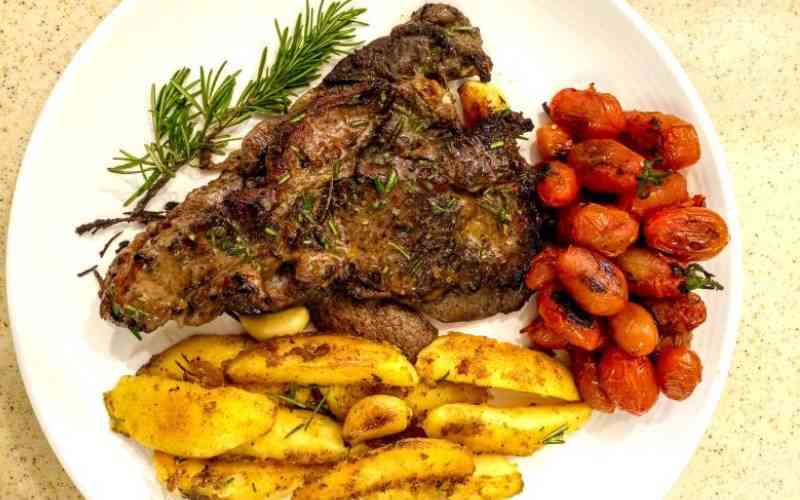
Wedding traditions are so deeply ingrained, casting them aside raises eyebrows or even a collective gasp from guests.
But a closer look behind some customs, from cutting the cake to throwing the bouquet and you'll see a darker side of the big day.
Some are disturbing, some are weird, and many should be dumped faster than a reception DJ who declines to play Hi Ho Silver Lining.
Because while many couples consider old-fashioned wedding customs just harmless nods to superstition, their origins are often pretty grim.
Inadvertently, wedding guests have gathered in their fanciest clothes to watch the ceremonial losing of a bride’s virginity, admire an accessory to disguise BO and congratulate a man chosen to help kidnap a bride.
Before we explain the bleak background to some widely-followed wedding traditions, be warned that you’ll never look at a ceremony the same way again...

In modern times, this might be to protect the bride’s blushes as she bleaches her moustache and slathers on a face pack before her big day.
But the tradition originates from the days of arranged marriages, when marriage was more of a business arrangement than something done for love.
The couple weren’t allowed to see each other before the ceremony for fear they’d do a runner.
Wearing a veilThey’re once-in-a-lifetime accessories that give a bride mystique, drama and a bit of a shield to hide behind as she nervously walks down the aisle.
But they were first introduced to protect brides from the evil eye and jealousy.
And during the times of arranged marriages the bride’s face would be covered until the groom had committed to the marriage, as the fear was he’d think she was ugly and bolt for the exit.

Oh, and after your wedding, don’t let your friend try on your veil. It’s supposed to mean she’ll run off with your husband.
How romantic.
BridesmaidsWe think of bridesmaids as the bride’s BFFs who she can trust with her hen, do secrets and laugh at by making them wear tasteless dresses and do tedious tasks on the day.
They have much more ominous origins, as they originally wore similar dresses to the bride to confuse her exes and outsmart evil spirits.
Best manHe’s usually chosen as the groom’s best mate and someone with enough natural wit to make guests laugh - and mother-in-law blush - with a side-splitting speech.
Way back in yonder years, the best man’s role was to make sure the bride didn’t escape during the ceremony and to kidnap her if necessary.
Get the feeling weddings didn’t get off to the best of starts back in the day?
Bride given awayThe moment a father passes their daughter’s hand to her new groom is a tear-jerker part of a wedding ceremony.
But it has stark origins. The tradition dates back to the days when marriage was more of a business arrangement. Brides would be handed over to a new owner, usually in exchange for money or dowry.
Bride stands to left of groomThe bride traditionally stands to the left of the groom during the wedding ceremony. This isn’t just because the photographer can capture her good side, but because in olde worlde times the groom can protect her with his left arm and use his sword with the right.
Back then, the groom would need to fight anyone who was trying to steal his wife – mostly members of her own family, since it was common for them to think she’d be “stolen”.

It’s a not-to-be-missed moment of any wedding reception, when the groom places his hand over the bride’s hand to jointly cut the wedding cake and everyone claps (as if cutting a cake is an extraordinarily tricky business).
It doesn’t just mean time for a second helping of pudding, but dates back to ancient Rome, when the broken cake represented the breaking of the bride's virginity.
Now there’s an appetite suppressor if ever you needed one.

Contrary to popular belief, the bouquet wasn’t traditionally carried down the aisle just to look pretty, but to mask the bride’s odour.
Traditionally, the bride also throws her bouquet, chucking away a small fortune in the hope that a single lady will catch it and be next down the aisle. And yes, it’s mortifying.
In medieval times, it was considered good luck for guests to get a piece of the wedding dress so would rip bits off.
Brides started tossing the bouquet in a bid to distract everyone and make a clean getaway.
Bride carried over the thresholdCarrying the bride over the threshold protects her from any evil spirits that may be lurking in the new home, particularly since the soles of her feet were known to be at the greatest risk of evil.
According to legend, the bride was not allowed to show that she wanted to leave her father’s home. So the groom would force her over the threshold. It’s enough to make a feminist bride faint.
Does religion do more harm than good? The Standard Group Plc is a multi-media organization with investments in media platforms spanning newspaper print
operations, television, radio broadcasting, digital and online services. The Standard Group is recognized as a
leading multi-media house in Kenya with a key influence in matters of national and international interest.
The Standard Group Plc is a multi-media organization with investments in media platforms spanning newspaper print
operations, television, radio broadcasting, digital and online services. The Standard Group is recognized as a
leading multi-media house in Kenya with a key influence in matters of national and international interest.

